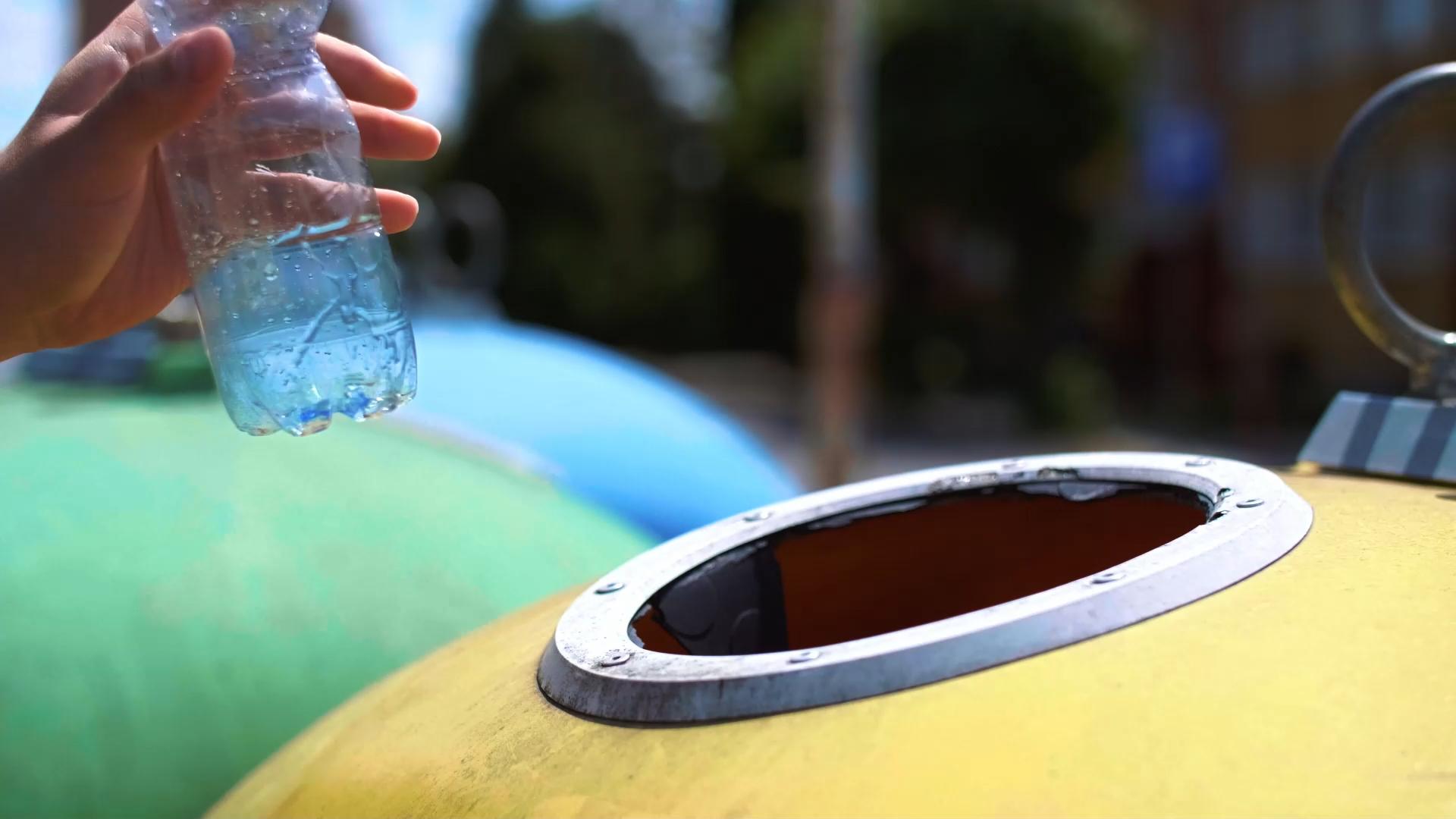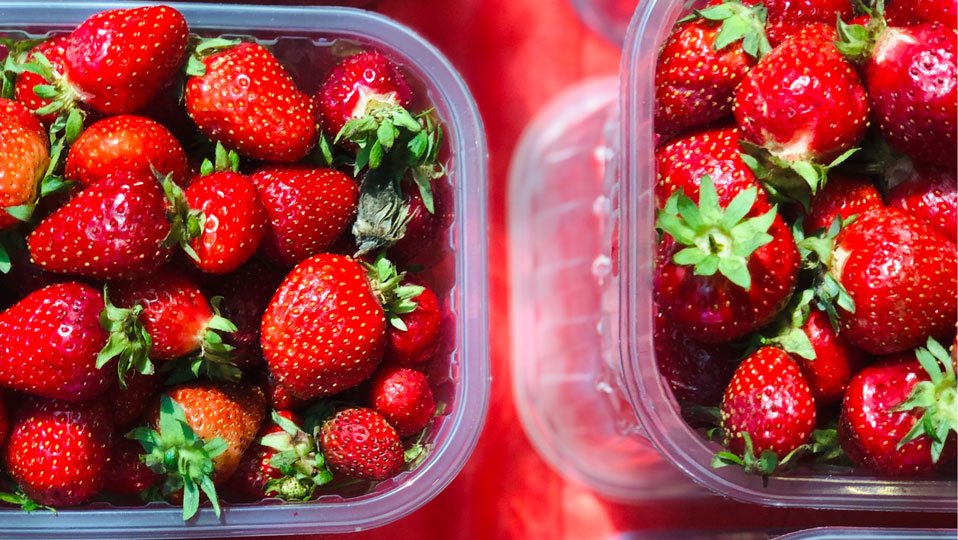What is PET?
What is PET and why does it matter?
PET, or PolyEthylene Terephthalate, is used to package 70% of carbonated soft drinks, fruit juices, dilutable drinks and bottled water. Light, durable, safe and with a smaller carbon footprint than alternatives, PET is the most recyclable plastic in the world.
This unique material is vitally important as what our products are packaged with can have significant impacts for our environment and the sustainability of our economy. PET packaging is easy to recognise by its number 1 logo.
PET is the most recyclable plastic in the world.
Almost uniquely among plastics, PET is fully recyclable
PET packaging is easily recognisable by its number 1 logo.
End Waste, Recycle the One:
What makes PET so sustainable?
What does sustainable packaging mean?
PET offers a number of advantages. It takes less energy to manufacture than alternatives. It’s also extremely light, strong and durable, meaning less packaging is needed to protect our products. Lighter packaging means that less fuel is needed for transportation, which lowers carbon emissions. In fact, PET bottles have been getting lighter and lighter, weighing 40% less than they did in the year 2000.
Almost uniquely among plastics, PET is near-infinitely recyclable and because it can be made into new products, this lowers the need for fresh PET to be made, further reducing emissions. In fact, recycled PET products show a drop of up to 90% in CO2 emissions compared with virgin PET. Its high recyclability also makes it less likely to end up in landfill and around 58% of PET bottles are recycled in Europe today. This makes it the most recycled plastic packaging material.

How do I know I’m choosing the right plastic?
How can you know if something is made of PET? It’s simple; look for the 1 symbol. You’ve likely come across PET packaging before, as it is widely used to package water and soft drinks.
At the bottom of most plastic packaging, you’ll find a number inside the triple arrow recycling symbol. This number tells you what plastic that packaging is made from and makes it easy to understand how recyclable your packaging is.
Make sure to look for the #1 symbol when you’re next in the supermarket. Why? Because choosing a product packaged in PET is the sustainable choice…as long as you recycle it. End waste, recycle the #1.

Is PET safe?
PET is approved as safe for use in direct food contact in the EU, as well as by the US’s FDA and health agencies across the world. PET’s continued use in the food, beverage, pharmaceutical and medical sectors is a testament to this valuable material’s safety and versatility. Repeated studies, regulatory approvals and testing show that PET is safe.
PET is inert and does not give off contaminants into the environment, which combined with its recyclability, means it has virtually no direct impact on the planet. Durable, shatterproof and light, PET is safe to use in food packaging, as well as in medical devices that are used inside the human body and personal protective equipment (PPE) used by medical workers and first responders.
What are the alternatives for packaging our products?
Aluminium is recyclable and can be remade into packaging. However, the process of producing and recycling aluminium is highly resource intensive. To make cans, aluminium must be heated to temperatures of more than 1000°C, while PET needs temperatures of around 260°C to be made into bottles. Higher temperatures mean more emissions, and even cans made with recycled aluminium produce more CO2 per tonne than bottles made from recycled PET.



How does PET recycling work?

So, what is PET recycled into? A number of things. The ideal situation is that PET packaging is remade into PET packaging, enabling a more sustainable future. If government regulations do not allow for this kind of recycling, or the quality of the recycled material is not high enough, it can be turned into fibre and then into clothes. This means you could be wearing a recycled bottle right now as some fabrics can contain up to 100% recycled material.
PET can also be remade into automotive products, such as car interiors and seatbelts. And crucially PET packaging can be remade into PET packaging. Forming a closed loop PET manufacturing system, supported by high collection rates, that can supply itself to produce rPET is crucial to ensuring a more sustainable future for packaging.
